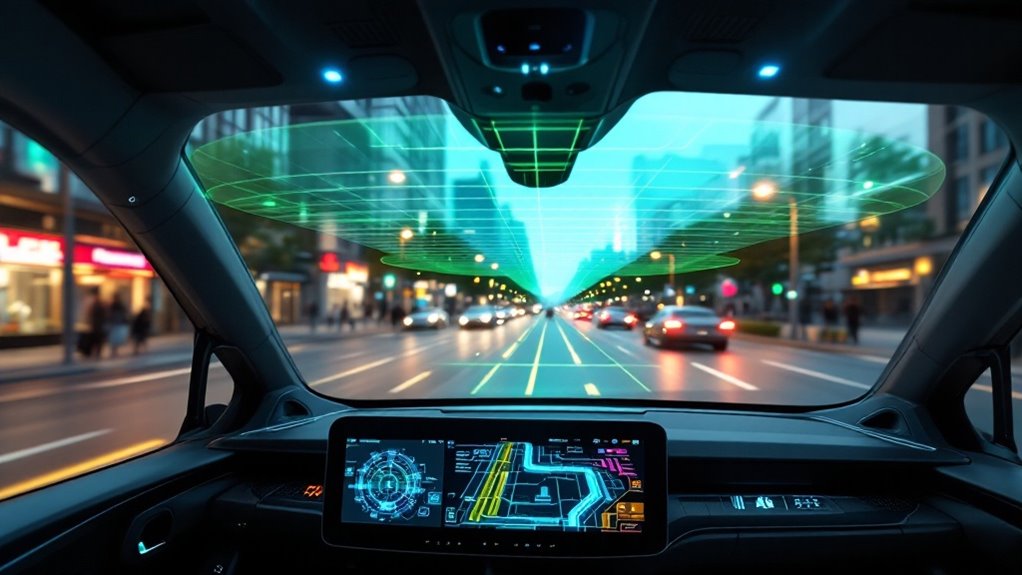NPU chips—the secret sauce powering face access, fridges that tattletale on your leftovers, and other AI wizardry—are made by the usual tech suspects: Qualcomm (think Snapdragon brains), Google (with its custom TPUs), NVIDIA, AMD, and some niche players like Vivante, who build modular NPUs for smart devices everywhere (you can thank them for your future robot cat sitter). It’s a silicon arms race, and each company’s gunning for bragging rights as AI invades your daily gadgets. Curious what sets them apart?
And then there’s Vivante. You might not see them plastered on billboards, but they’re the secret ingredient in the NPU world, offering IP solutions that chip makers can bake into just about any silicon recipe—cost-effectively, too.
Think of them as the IKEA of NPU tech: modular, efficient, and everywhere, if you look closely. In fact, Qualcomm is a major player in the field, advancing AI-enabled chips that integrate NPUs into mobile processors to meet growing demands for on-device artificial intelligence.
Like flat-pack furniture for silicon: Vivante’s NPUs fit almost anywhere, quietly powering the next wave of smart devices.
Let’s not forget Google—although it’s more about TPUs than NPUs. They’re kind of like that kid who brings their own game to the playground, but everyone still wants to play. Across the industry, AI chip market leaders such as NVIDIA and AMD are pushing the boundaries of high-capacity hardware, though their focus often extends beyond pure NPUs.
IBM? Focused on enterprise AI hardware, but not specifically cranking out NPUs for your smart toaster.
Why all this NPU action? Simple: AI workloads are hungry, and traditional CPUs just can’t keep up.
Whether it’s deep learning, edge computing, or powering your IoT cat feeder, NPUs are the chips doing the heavy lifting—efficiently, quietly, and often from companies you wouldn’t expect.
The race is on, and it’s not slowing down anytime soon.









